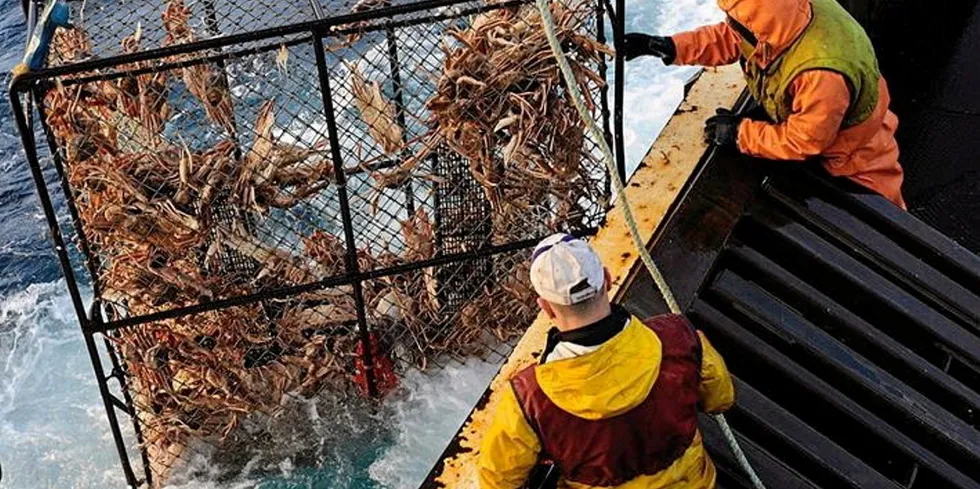'Lots of uncertainty': Significant Alaska snow crab harvests could be years away, regulators say
Both the red king and snow crab fishery closures warrant much more investigation, according to the Alaska Department of Fish & Game.

Both the red king and snow crab fishery closures warrant much more investigation, according to the Alaska Department of Fish & Game.
